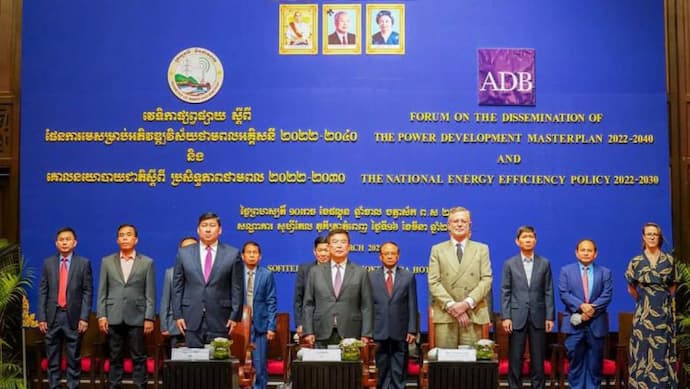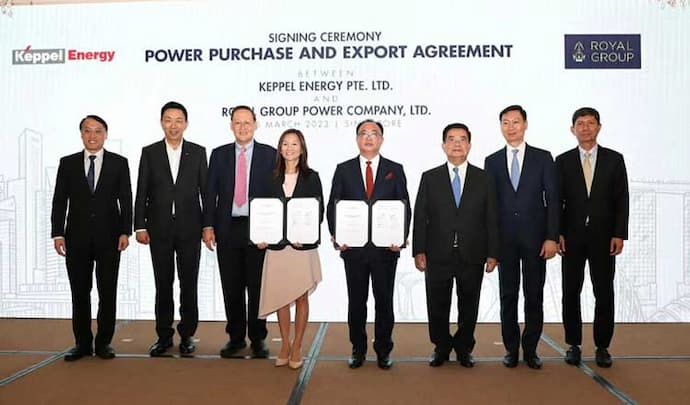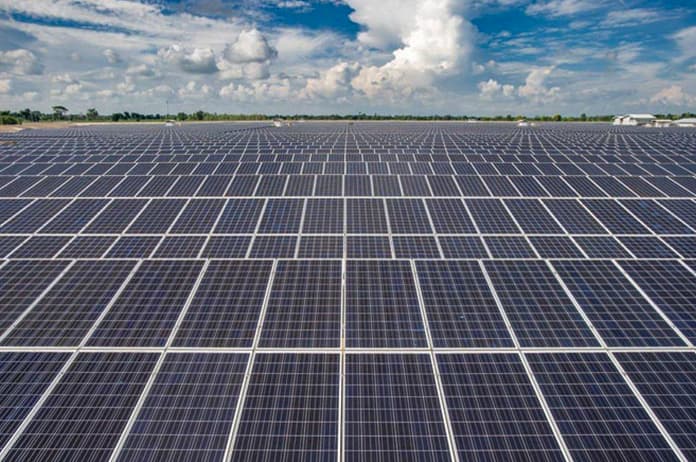Can Cambodia Be a Successful Renewable Energy Exporter?
News broke last week that Cambodia could potentially be exporting renewable energy to Singapore over the next decade, in the same week Cambodia's Ministry of Mines and Energy approved the Power Development Masterplan (PDP) and National Energy Efficiency Policy (NEEP). For those living and operating businesses in the Kingdom, the idea of the country being an energy exporter would be a surprise as energy blackouts are still an occurrence.
What are Cambodia's Power Development Masterplan (PDP) and National Energy Efficiency Policy (NEEP)
The Asian Development Bank (ADB) acknowledged it provided technical assistance in developing the PDP and the NEEP. Cambodian Minister of Mines and Energy Suy Sem stated that the adoption of these will assist the energy transition and fulfil international commitments under the 2015 Paris Agreement on climate change. In February 2022, the Cambodian government outlined its long-term strategy for Carbon Neutrality (LTS4CN) to be achieved by 2050, in line with the Paris Agreement on Climate Change.

The Power Development Masterplan is a long-term plan (and the first) for Cambodia's power (energy) sector. The approved PDP covers a number of scenarios for a 20-year planning period (2022-2040). This is a long timespan, especially considering the current global indecision on moving to ESG (Environmental, social and governance) and the reliance on traditional sources of energy due to the Ukraine invasion by Russia which have reignited debates on targets and goals set for renewable energy.
The Kingdom's previous National Policy on Green Growth was adopted in 2013 to offer a comprehensive policy framework for developing "a balance of economic development with environment, society, culture, and sustainable use of national resources." The new PDP covers topics such as the demand for electricity, the expansion of power generation sources, and the development of the transmission and distribution network.
Meanwhile, Cambodia's Ministry of Mines and Energy also adopted the NEEP (2022-2030) as Cambodia's first dedicated policy on energy efficiency and the framework for future developments thereof. Included in the policy is the national target for the reduction of energy consumption of at least 19 per cent by 2030 in relation to a scenario without energy efficiency.
Suy Sem added "Cambodia is committed to maximising the adoption of renewable energy and energy efficiency, which will also support the government's efforts to provide energy in a reliable, stable, and affordable manner." The ADB also highlighted that this shift to cleaner forms of energy is ongoing and projects will support the reinforcement of the national power grid, while the expansion of solar PV through public-private partnerships, and the acceleration of the adoption of emerging technologies (battery storage systems) are all within the framework.
Energy Market Authority (EMA) Conditionally Approves Energy Import from Cambodia
Singapore is looking to import 1 gigawatt (GW) of renewable energy annually from Cambodia and the EMA has provided conditional approval to electricity retailer Keppel Energy. In total, EMA has received more than 20 proposals from six countries to export solar, wind, hydropower and geothermal energy to Singapore - including Cambodia, Australia, Indonesia, Laos, Malaysia, and Thailand.
Although the project is only expected to start after 2030 if approved following further studies, the energy would be sourced from "hydropower, solar and potentially wind power from Cambodia’s Royal Group Power Company via new subsea cables that would transmit the electricity over more than 1,000km." If approved, the cross-border subsea cables would be the longest in Southeast Asia, so the venture still requires investment into enhancing existing infrastructure and the building of new assets.
The Straits Times reported that "The new deal would be the Republic’s largest cross-border electricity contract to date, making up a quarter of the nation’s low-carbon electricity import target by 2035, and about 8 per cent of the entire country’s needs that year."

Kith Meng, Chairman of the Royal Group (4th from right) and Cindy Lim (4th from left), chief executive officer of Keppel Infrastructure (KI) The proposed signed deal between Royal Group Power Company Ltd. (RGP) and Singapore’s Keppel Energy Pte Ltd. (KE) was made by Kith Meng, Chairman of the Royal Group, RGP’s parent company and Cindy Lim, chief executive officer of Keppel Infrastructure (KI), the parent company of KE. The signing was witnessed by Suy Sem, Minister of Mines and Energy, Keo Ratanak, Director General of the Electricité du Cambodge (EDC), Yem Piseth, Director-General of the Electricity Authority of Cambodia, and Tan See Leng, Second Minister for Trade and Industry of Singapore. In mid-2022, Singapore also announced the Lao PDR-Thailand-Malaysia-Singapore Power Integration Project, to import 100MW of hydropower from Laos to Singapore, via Thailand and Malaysia.

What Is The State of Cambodia's Renewable Energy Sector?
It was reported in March 2023, that Prime Minister Hun Sen said that Cambodia produces about 62 per cent of renewable energy. The PM also confirmed that the Kingdom needs to find the energy to supplement more renewable energy. In late 2021, Cambodia used renewable energy for about 40 per cent of the country's total energy needs. T
hese included hydropower, solar energy and biomass. According to the Electricity Authority of Cambodia (EAC), the energy supply in Cambodia rose to 4,495 megawatts in 2022, which represented an increase of 12.6 per cent from 3,990 megawatts a year earlier. A total of 98 per cent of villages and towns have access to electricity.
However, the hot season in Cambodia which runs from March-June often causes extra strain on the power grid due to the increased use of electricity to cope with the weather, and (both scheduled and unscheduled) power blackouts can occur (which have already happened in 2023).
Prior to the announcement of the new energy policy, Cambodia has also been working with development partners:
- To study and develop Cambodia’s Power Development Master Plan until 2040.
- The National Policy on Energy Efficiency.
- The Roadmap for Clean Energy Transition towards Carbon Neutrality.
- The Rooftop Solar Energy Development Policy in Cambodia.